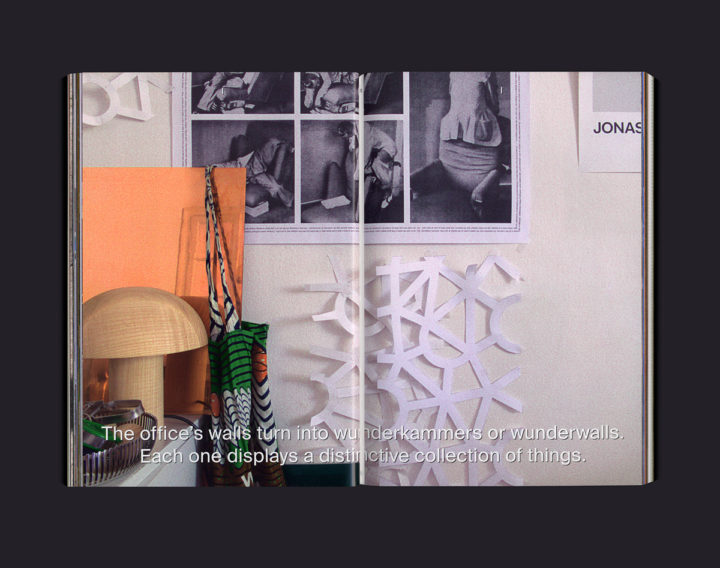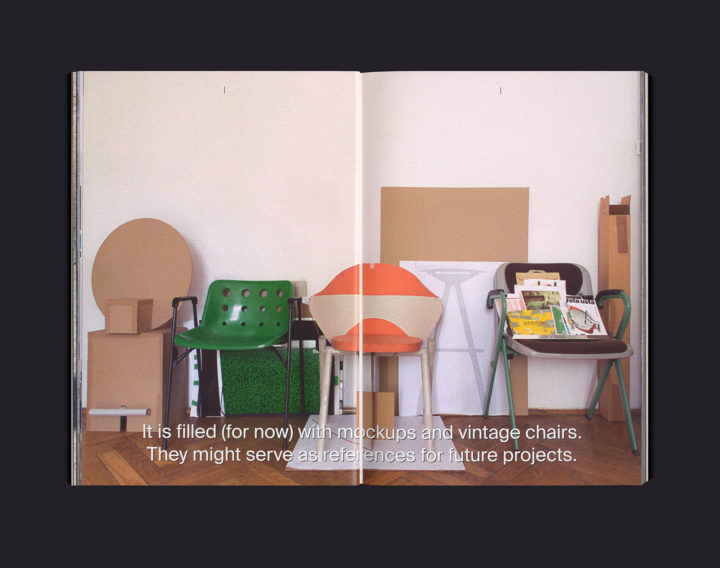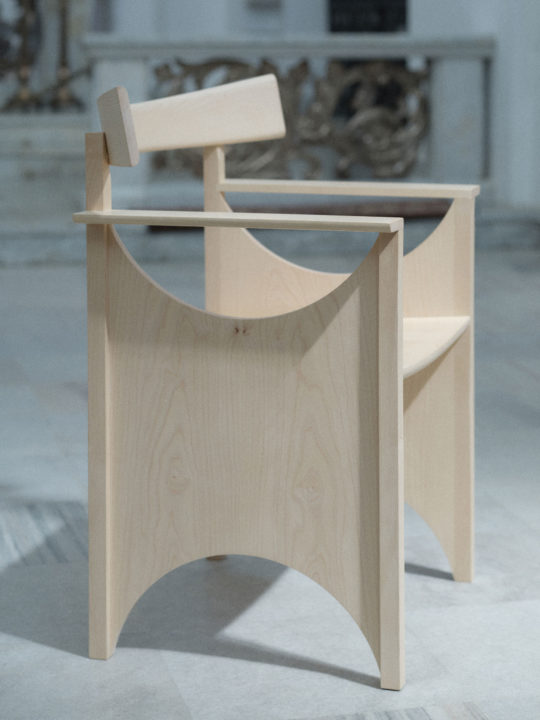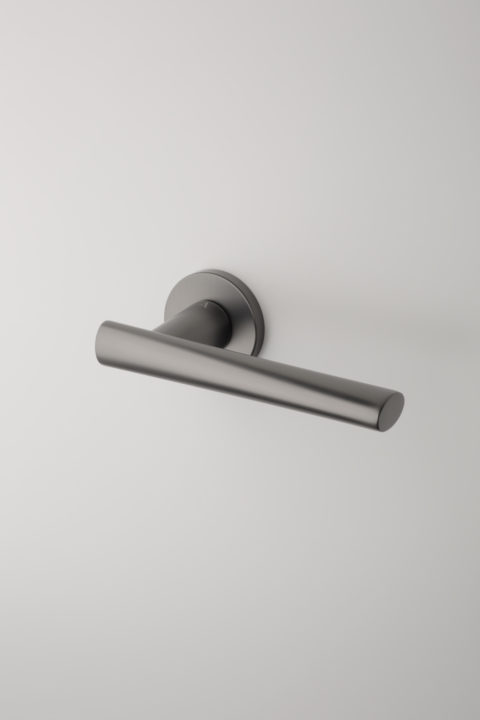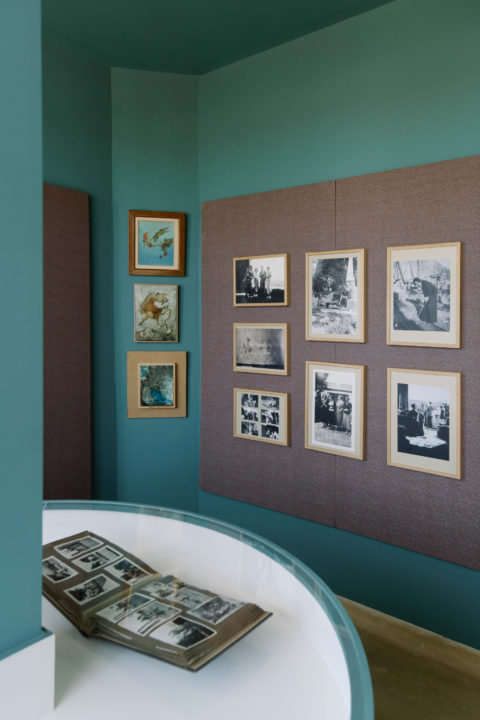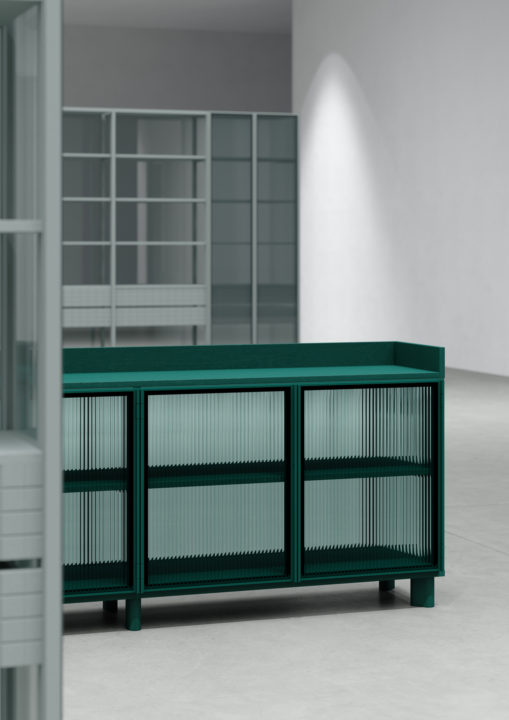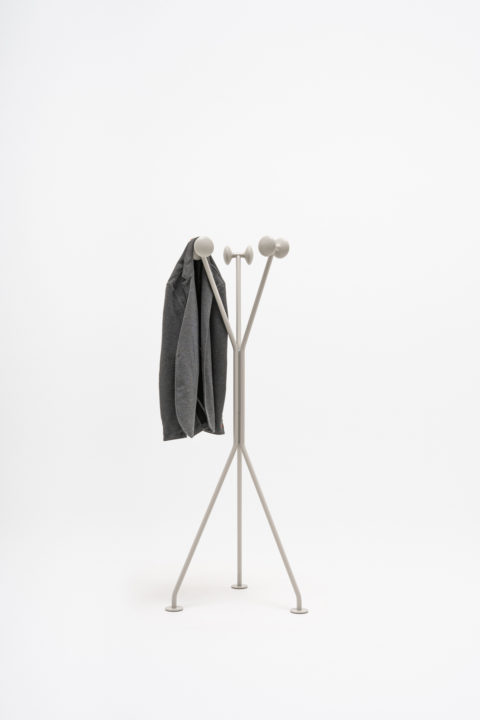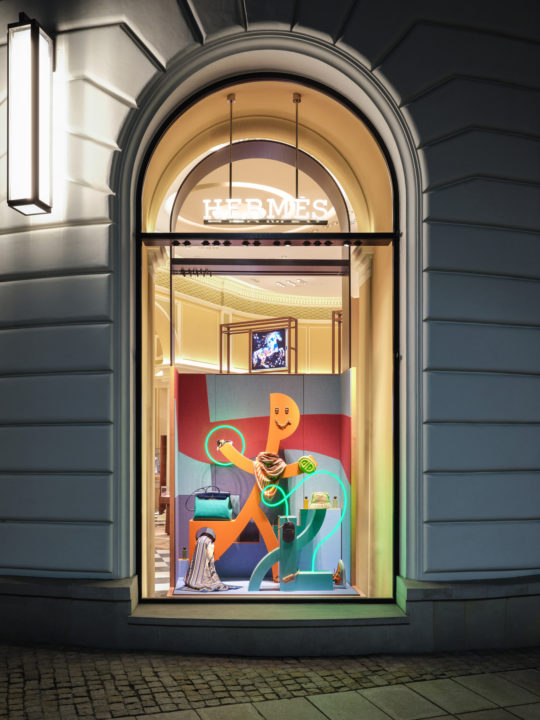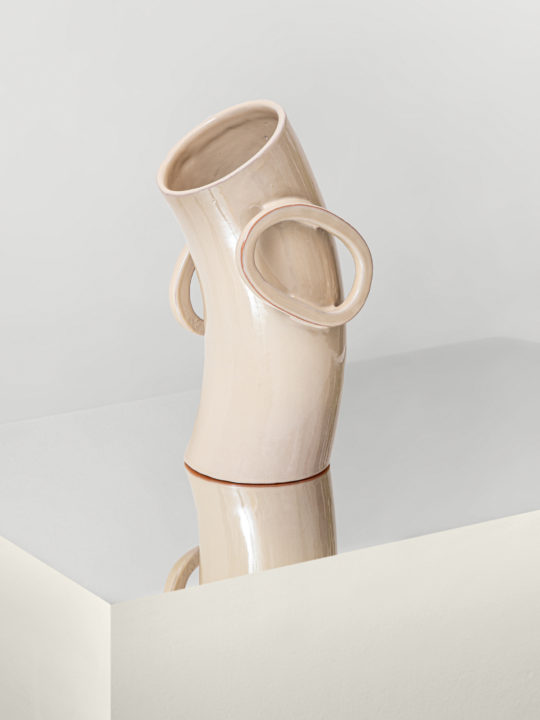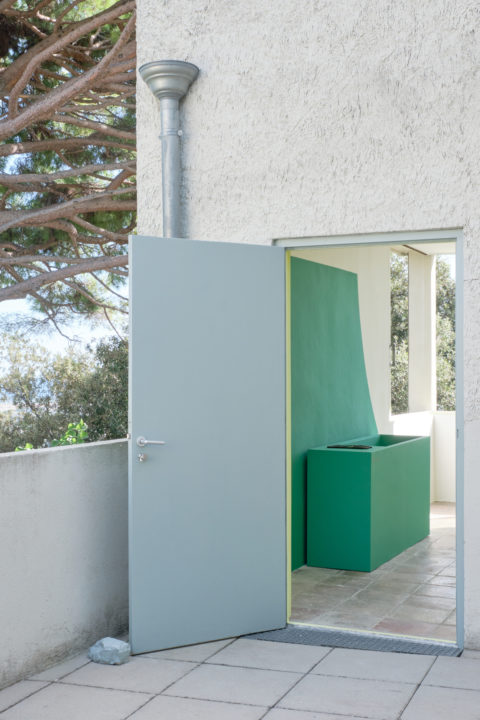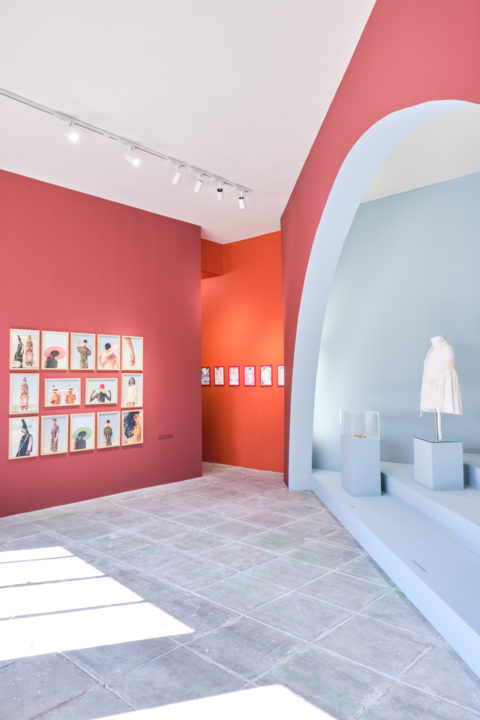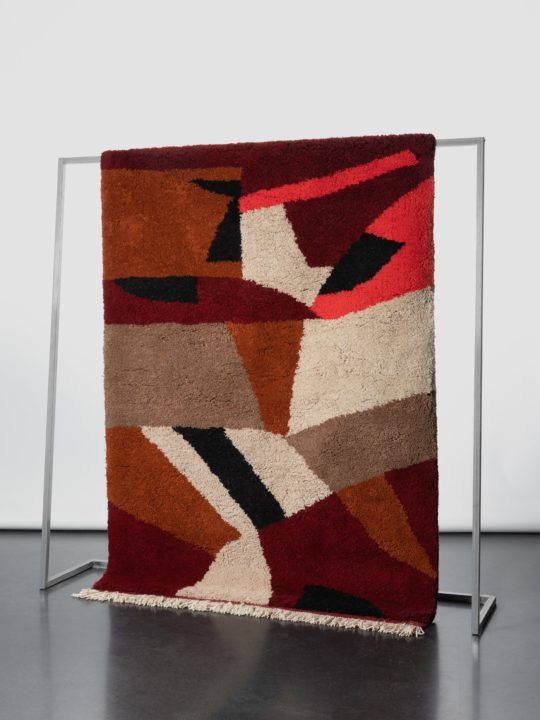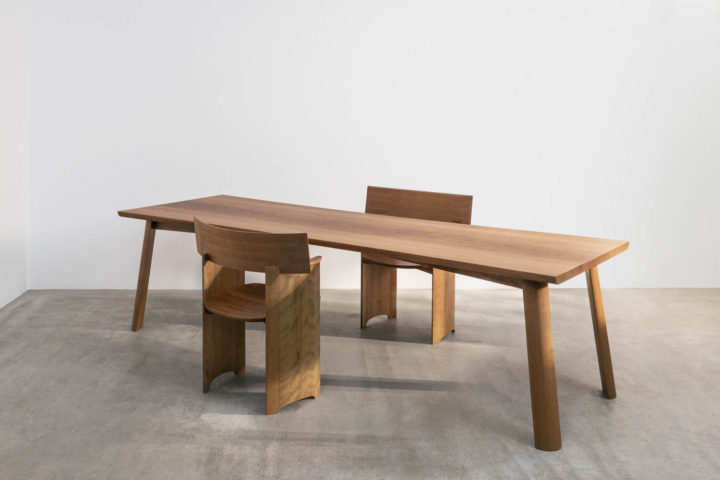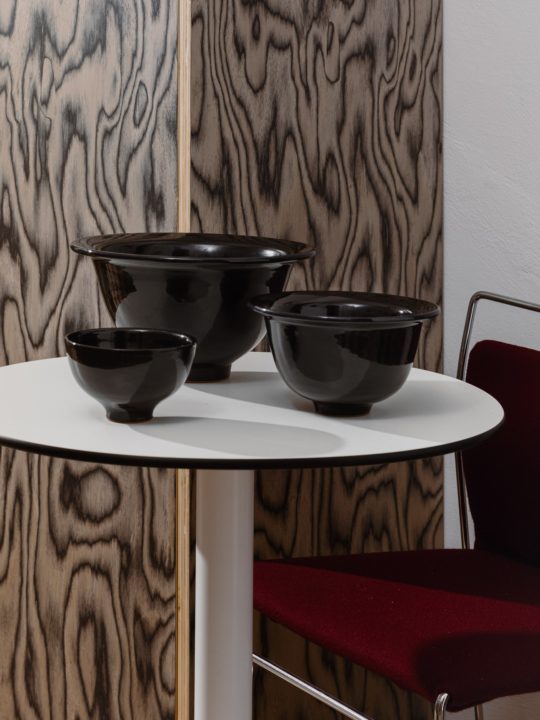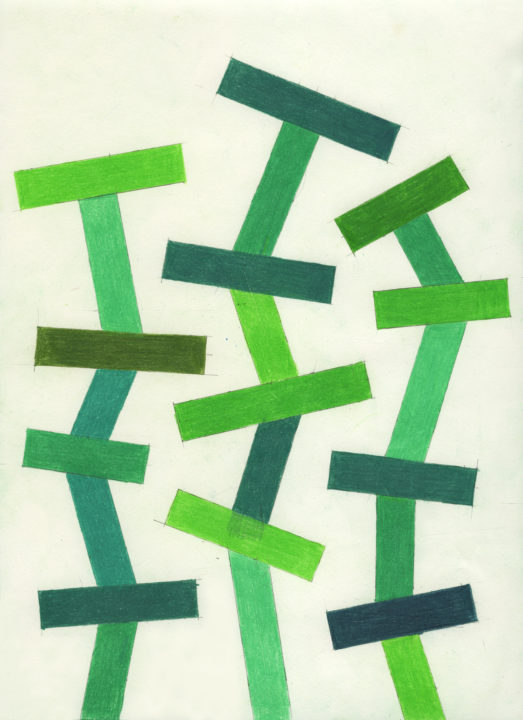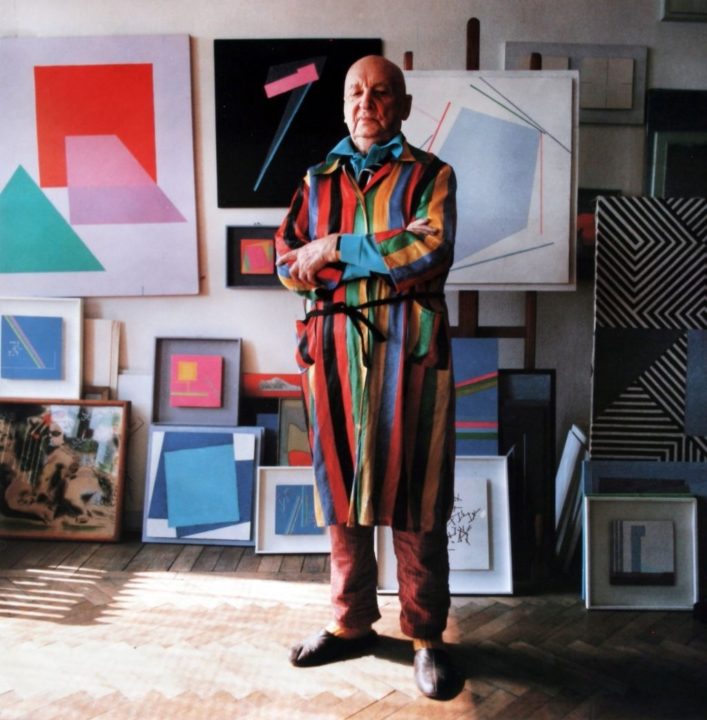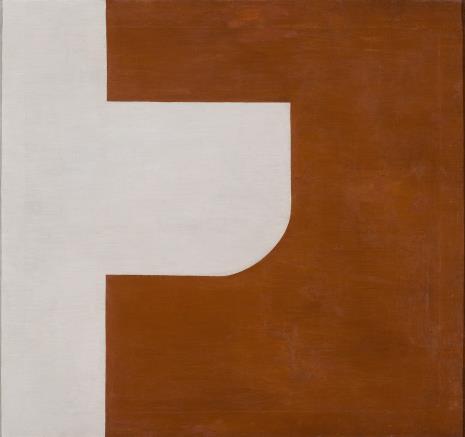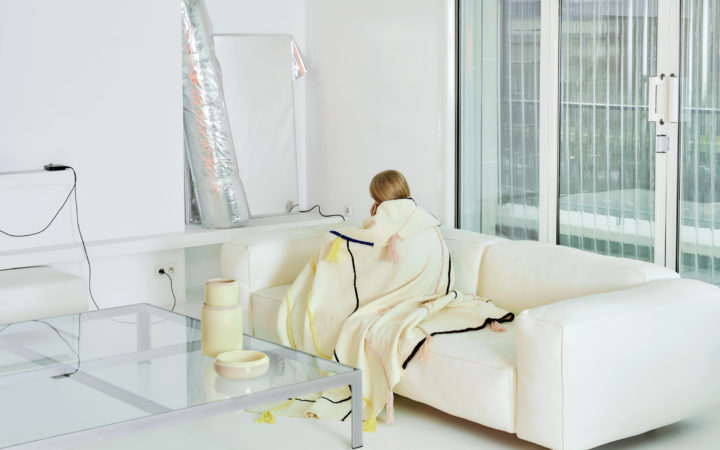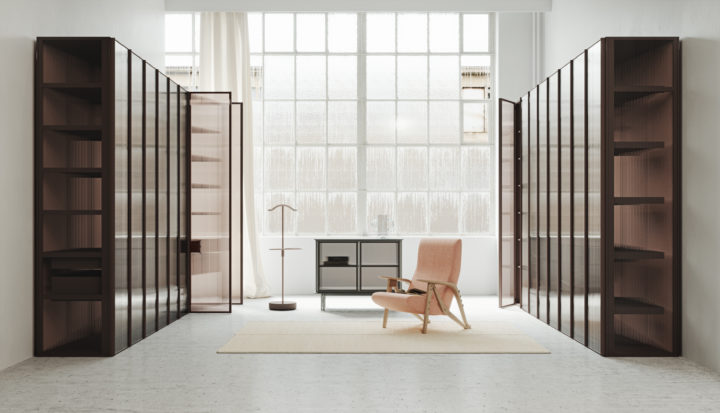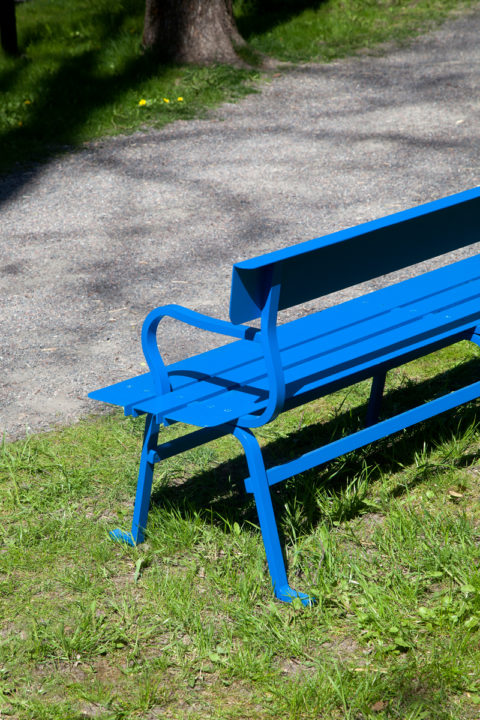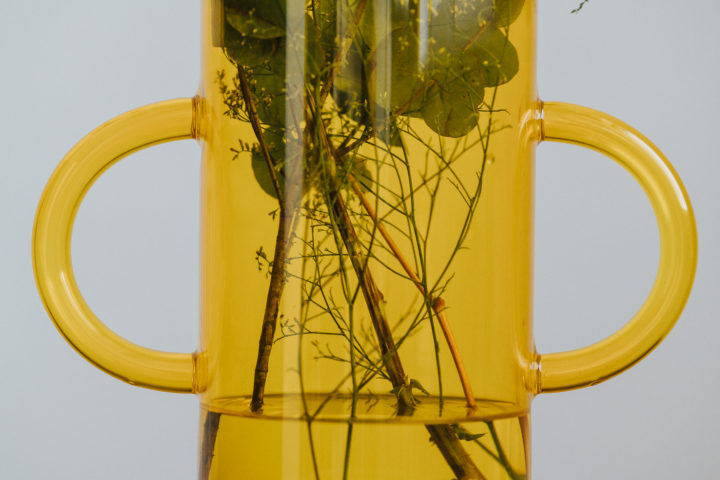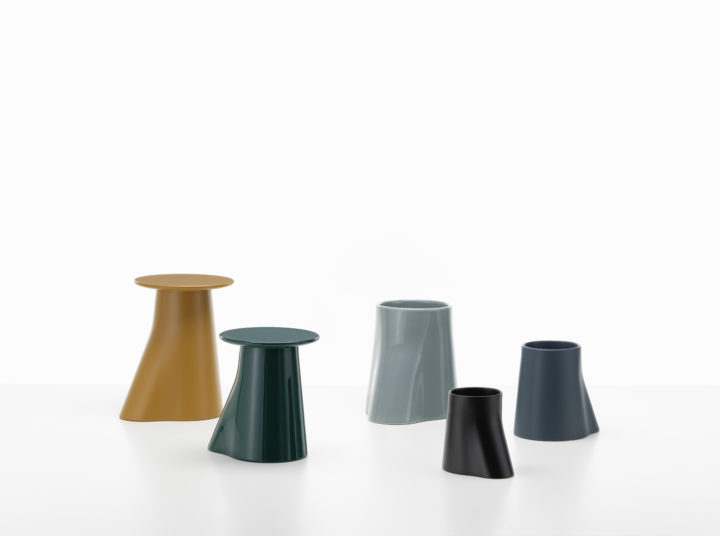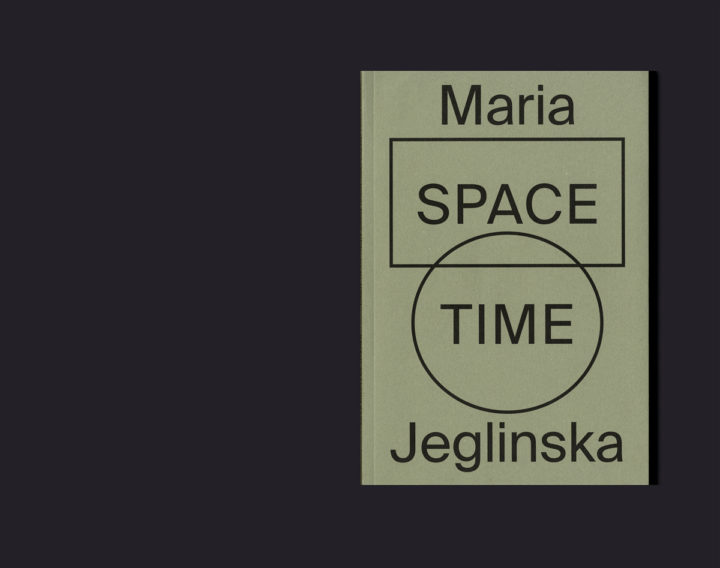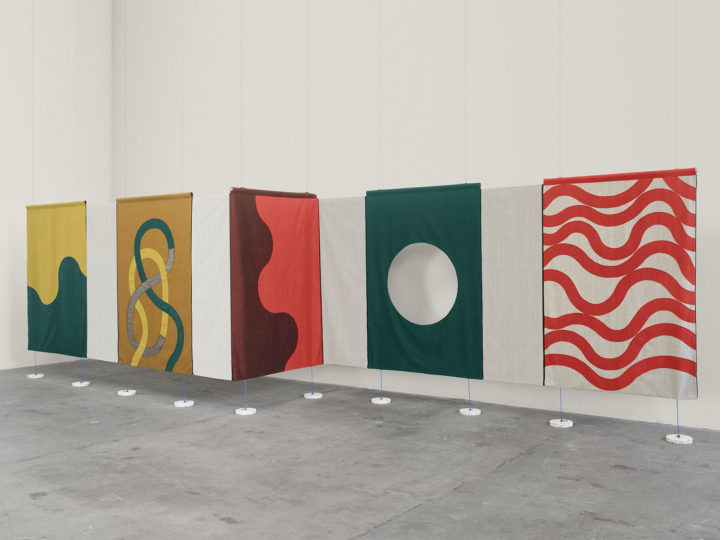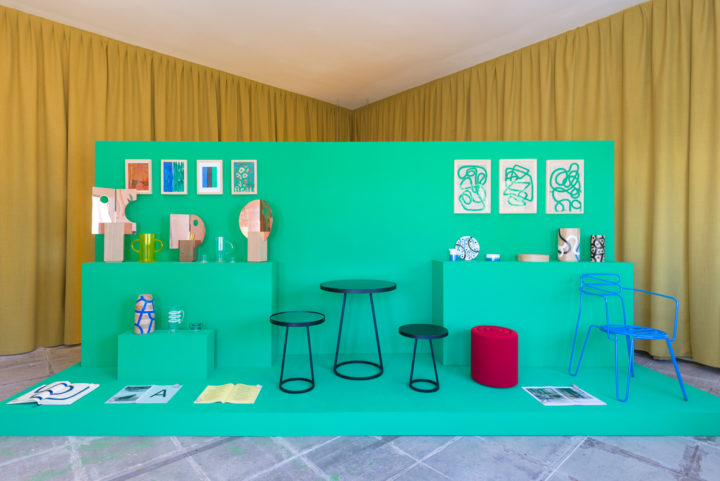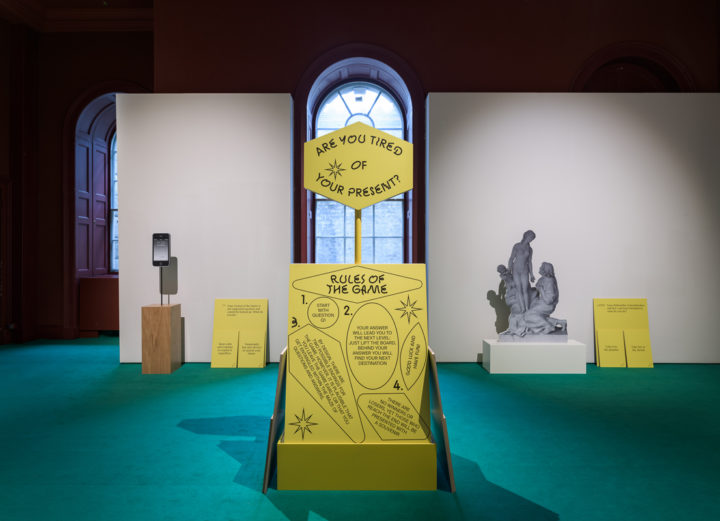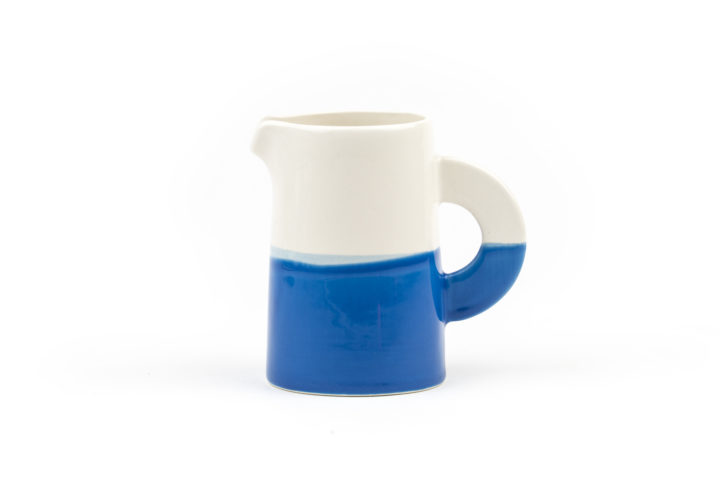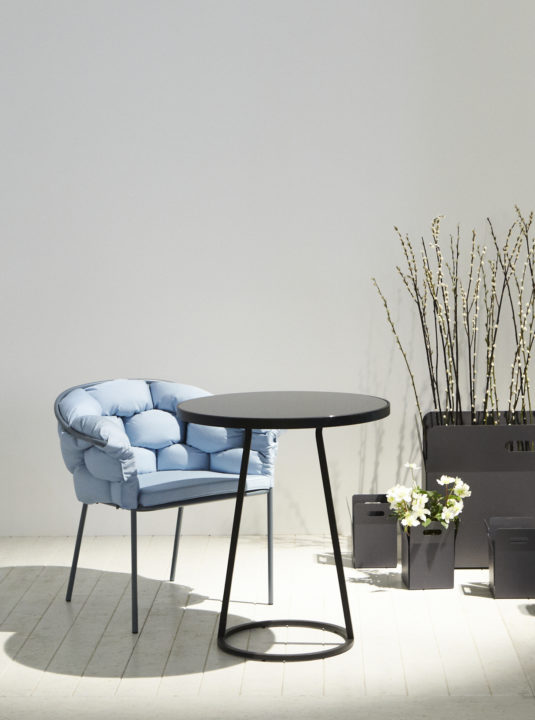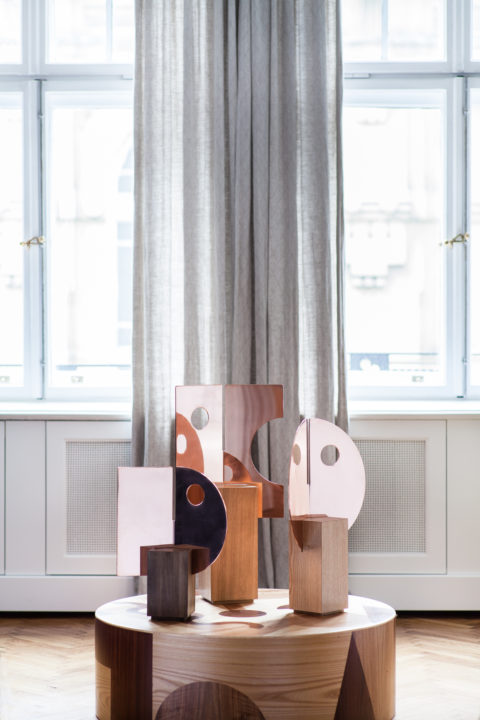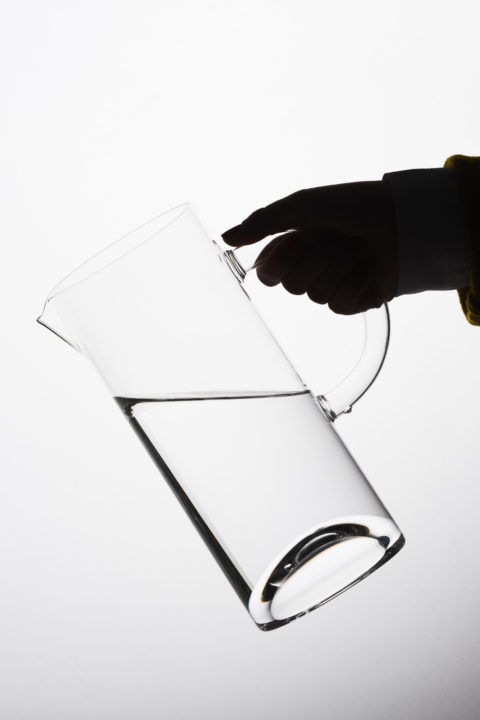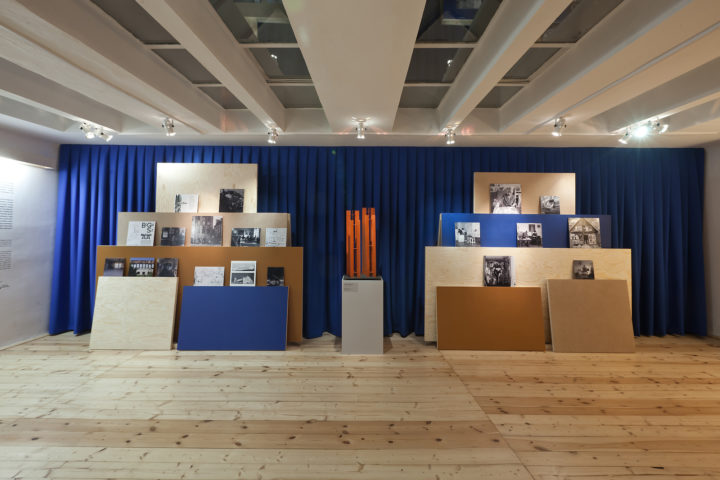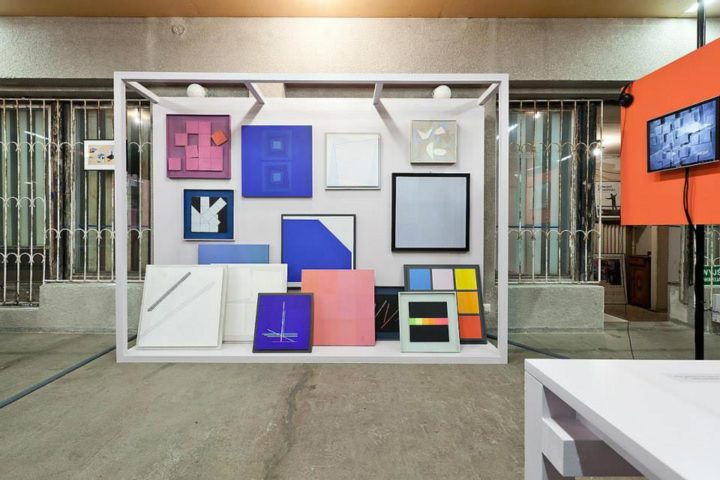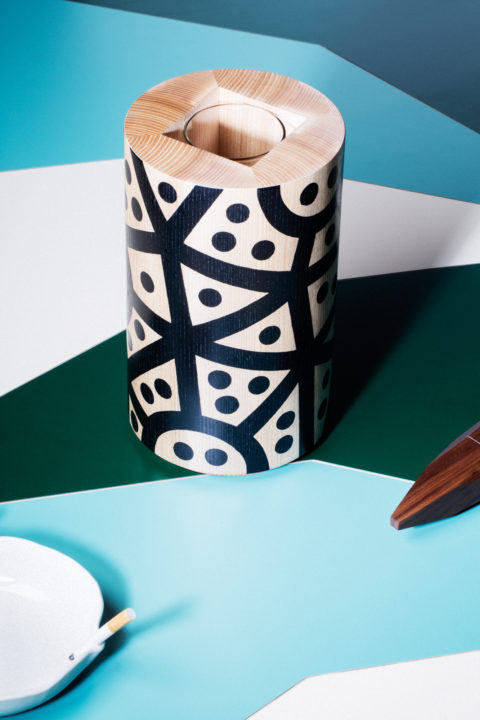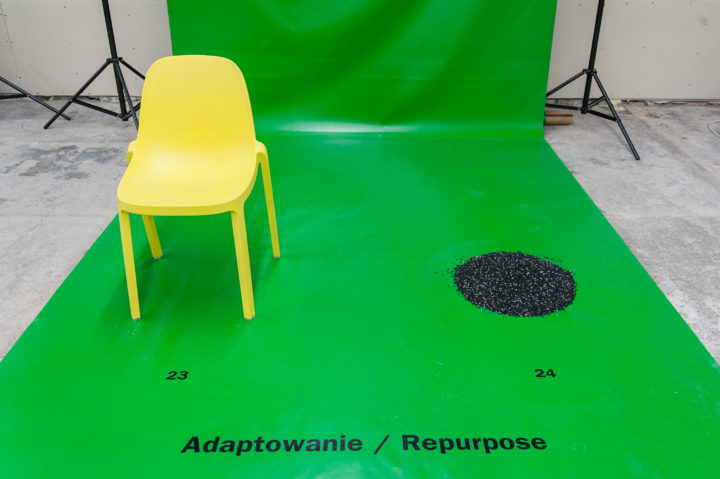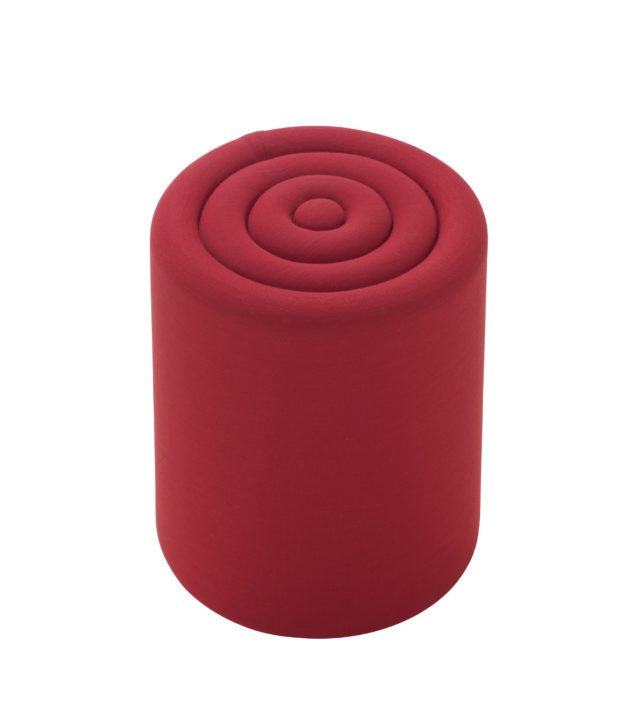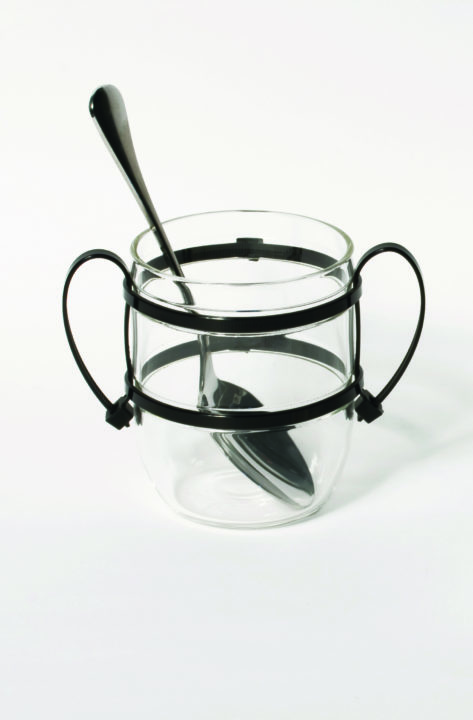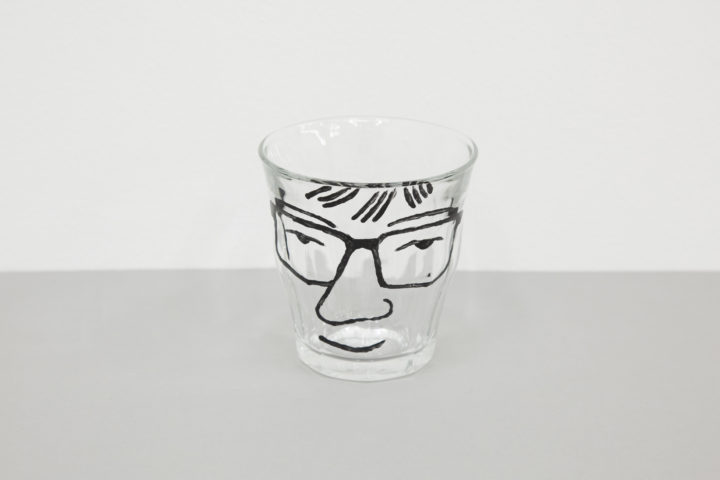Maria Jeglinska-Adamczewska was born in Fontainebleau in 1983. In 2012 she established her Office for Design & Research. She graduated from ECAL’s industrial design course in 2007 and was awarded a scholarship from the IKEA foundation that led her to work for Galerie kreo in Paris, Konstantin Grcic in Munich and Alexander Taylor in London.
She works on a wide range of commissions: industrial design projects, exhibition design, as well as research-based projects in the field of design. She is convinced that in today’s world, research can trigger and generate new forms of answers and offers. Her clients include amongst others: Ligne Roset, Kvadrat, Actus, Vitra, 1882ltd, the St Etienne Design Biennale, the Museum of Modern Art in Warsaw.
Her work is regularly exhibited internationally and was shown at: the Villa Noailles, the Aram gallery, Barbican Art Gallery, Centre Pompidou Metz and the Triennale di Milano. In October 2012 she curated and designed: “Ways Of Seeing/Sitting” at the Łódź Design Festival in Poland. She was also the co-curator and designer of the Polish Pavilion at the inaugural London Design Biennale in September 2016. In 2018 she was appointed creative director of the ARENA DESIGN Fair in Poland.
Information
Maria Jeglinska-Adamczewska
Office for Design and Research
mail (at) mariajeglinska (dot) eu
Warsaw, Poland
Maria Jeglinska-Adamczewska, Office for Design & Research was founded in 2012 and is based in Warsaw, Poland. The office works on industrial design projects (products and furniture), exhibition design, curation and creative direction as well as research-based projects in the field of design.
Exhibitions
- Connected, Design Museum, UK, 2020
- L’été à Hyeres, Villa Noailles, France, 2020
- Social Seating, Fiskars Village Biennale, Finland, 2019
- In Circulation, Portable Walls, IMM Budapest, 2019
- Between Area and Space, 28thInternational Biennal of Graphic Design Brno, 2018
- Is Coral a colour?, Superstudio, Prague, 2018
- Typecasting by Vitra, Milan Design Week, 2018
- My Canvas by Kvadrat, London Design Festival, 2017
- Arrêt sur Image, Design Parade Hyeres, Villa Noailles, 2017
- Breakfast Pavilion, A+A Gallery, Venice, 2017
- Cadavre Exquis: an Anatomy of Utopia, London Design Biennale, 2016
- Future Stars?, Aram Gallery, London, 2014
- Wonder Cabinets of Europe in America, ICFF, New York, 2013
- La Ville Mobile, St Etienne Design Biennale, 2010
Clients
- 1882ltd
- AHEC
- Aprile handles
- Autor Rooms
- Hermès
- Kvadrat
- Ligne Roset
- mdd
- Puro Hotels
- Trame
- Tectona
- Vitra
- The Adam Mickiewicz Institute
- The Museum of Modern Art in Warsaw
- London Design Biennale
- Villa Noailles, Hyeres
- Lodz Design Festival
- Fiskars Village Biennale
Press
- 2025, Intramuros magazine 225
- 2025, Intramuros magazine 224
- 2025, Vogue Polska Living
- 2025, Design Alive nr 51
- 2024, Phaidon Press
- 2024, Disegno
- 2024, Vogue Polska
- 2023, Puro People
- 2022, Vogue Polska Living
- 2022, Le Monde
- 2022, Faz Magazine
- 2021, Design Hotels
- 2021, Stylepark
- 2021, Raum und Wohnen
- 2021, Elle Decoration Polska
- 2020, Domus Magazine
- 2020, Vogue Polska
- 2020, Chylak Journal
- 2020, Label magazine
- 2019, Icon Design
- 2019, AD Magazine Italia
- 2019, Interior Design
- 2019, Formy
- 2019, Vogue Polska
- 2018, Metropolis magazine
- 2017, TL magazine
- 2017, Air France magazine
- 2016, Dwell magazine
- 2016, Disegno Magazine
- 2016, Wallpaper magazine
- 2016, Forbes magazine
- 2015, Icon magazine
- 2014, T Magazine: New York Times
